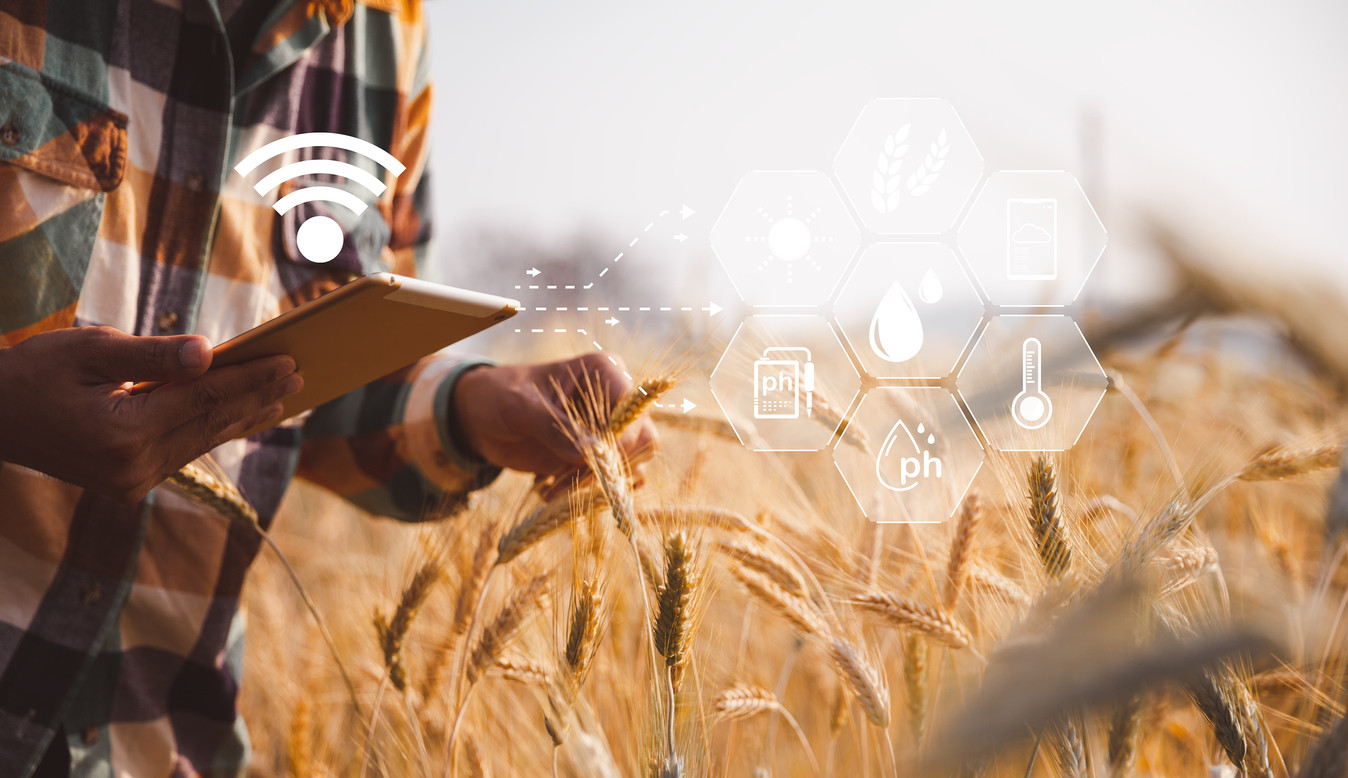2024 Electronics Industry Trends: AI, EV's and IoT Lead the Way
Buyer News | 05-02-2024 | By Jack Pollard
In a recent discussion with Mark Patrick, Director of Technical Content EMEA at Mouser Electronics, Electropages put forward an intriguing question… “What are the current hottest and emerging trends in the electronic component industry, and what are your projections for the rest of this year?”.
With his extensive experience and a keen eye on the industry's pulse, Mark divulged his thoughts on the fast-moving landscape of electronic components, highlighting the significant strides in Artificial Intelligence (AI), Electric Vehicles (EVs), and the Internet of Things (IoT). His analysis not only reflects the current advancements in these areas but also projects their continued influence and growth into 2024 and beyond.
Read on for Mark's detailed insights to understand the dynamics shaping the future of the electronic component market.
Artificial Intelligence and Machine Learning: Leading Trends in Electronic Components
One of the biggest trends is artificial intelligence (AI) and the subset of that known as Machine Learning. The emerging nature of the technology and its potential to solve a multitude of longstanding problems is a significant driving force for growth.
AI solutions have been in development for many years but are now becoming accessible and feasible for a wide range of designs. As real-world applications become more prevalent and their impact increases, a significant transformation in market value is taking place. As of 2022, the market value stood at $136.55 billion and is anticipated to reach $1,811.8 billion by 2030.
Real-World Applications of AI: From Predictive Maintenance to Smart Agriculture
Many practical real-world applications are emerging for AI at the edge, including low-power image recognition and internet-independent, intelligent decision-making. For example, engineers are now using AI in industrial applications for predictive maintenance, also known as condition-based monitoring. The continuous monitoring of micro-electro-mechanical system (MEMS) sensors, such as accelerometers, enables intelligent and localised identification of abnormalities earlier than traditional maintenance or analysis techniques. AI monitoring helps maintenance teams avoid unplanned downtime, saving time and money, and maximising productivity.
Smart agriculture has recently gained significant attention and this trend should continue. This combination of innovative sensing and analysis technologies, including AI, is playing a crucial role in tackling global challenges, such as diminishing arable land and escalating food demand, while also helping farmers to better cope with sudden weather fluctuations. Technology, such as wirelessly connected soil sensors backed with sophisticated simulation modelling, can help not only to enhance existing operations but also regenerate land that has become unviable for plant growth.
Similar to AI's continued expansion, with more advanced solutions and innovative approaches now appearing on the market, the industry is seeing a huge step forward in terms of real-world applications and growth. The next seven years are projected to have a sizable compound annual growth rate (CAGR) of up to 13.4%.

The Rise of Electric Vehicles and Advanced Driver Assistance Systems
Apart from these two rapidly emerging markets, other trends are poised to defy the challenging global economy.
Innovation in the automotive industry will continue with advancements in safety, efficiency and other ADAS (advanced driver assistance system) features emerging. Regarding advancements in EVs, some analysts predict that by 2025, electric vehicle sales could comprise up to 20% of new car sales. In 2022 alone, EV sales rose by almost 40% in certain regions, and industry data showed a similar demand for the key technologies that enable the advancement of EVs and their charging technologies.
Consumer Electronics: Accessibility and Growth in Wearables and Smart Appliances
Reducing ownership barriers will be an important factor driving growth for other trends across the next few years. Despite the sustained public fascination with technology like wearables and smart appliances, for many, the cost of ownership has hindered adoption. Reduced costs for intelligent consumer electronics, combined with greater functionality, will help to push this market forward in 2024 and beyond. Some analysts anticipate the wearable market's CAGR to be as high as 14.6% between 2023 to 2033.
IoT and IIoT: Expanding Intelligent Perception and Decision-Making
The demand for distributed intelligent perception and decision-making will continue as a significant trend for Internet of Things (IoT) and Industrial Internet of Things (IIoT). The availability of smaller, smarter, and more cost-effective hardware solutions will increase the proliferation of applications. The popularity of IIoT within industrial settings stems from its capacity to enhance efficiency, productivity, and generate valuable insights for diagnostics and data monitoring. The demand for consumer IoT is on the rise with the market spending projected to rise from $147 billion in 2023 to $204 billion in 2027.
5G Technology and Cost Reduction: Key Drivers in Electronics Market Growth
The electronic component industry's continued ability to innovate and improve with new technologies will be key in helping it to continue growing in the next few years. Many of the drivers behind growth in the electronics market are based on this fundamental principle.
For example, 5G is very much a performance-based proposition, delivering a considerable jump over existing technology and mitigating many of the existing weaknesses. Alternatively, growth in many consumer electronic solutions, including IoT devices and wearables, often comes from a reduction in ownership costs, and this is usually the direct result of new components or innovations reducing the bill of material (BOM) or production costs.
While some emerging trends, including new AI implementations, might prove challenging to keep pace with due to their rapidly evolving nature, 2024 should prove easier for buying teams in terms of global supply chains, with even more product lines returning to sustainable supply levels.
About Mark Patrick
As Mouser Electronics’ Director of Technical Content for EMEA, Mark is responsible for creating and circulating technical content within the region – content that is key to Mouser’s strategy to support, inform, and inspire its engineering audience.
Before leading Technical Content, Mark was part of Mouser’s EMEA Supplier Marketing team and played a vital role in establishing and developing relationships with key manufacturing partners. Mark’s previous experience encompasses hands-on engineering roles, technical support, semiconductor technical sales, and various marketing positions.

A “hands-on” engineer at heart, Mark holds a first-class Honors Degree in Electronics Engineering from Coventry University. He is passionate about vintage synthesizers and British motorcycles and thinks nothing of servicing or repairing either.
If you want to read more content from Mouser, please click here.

